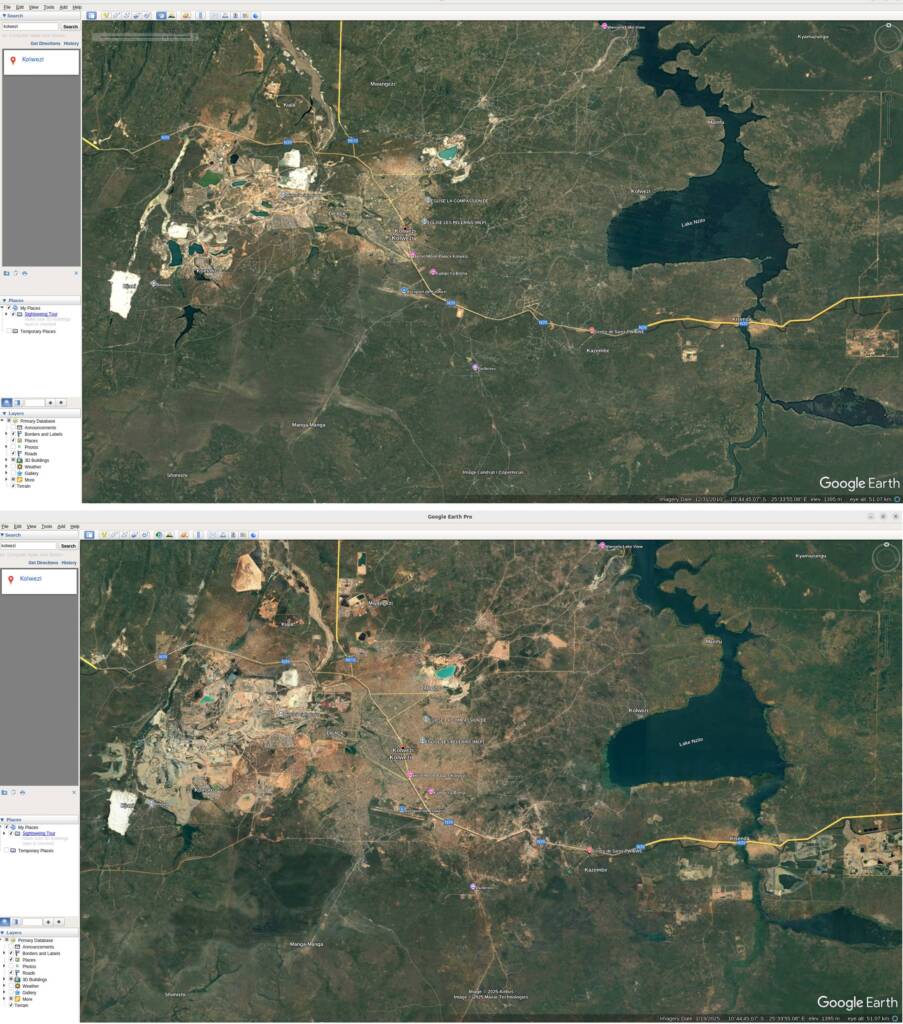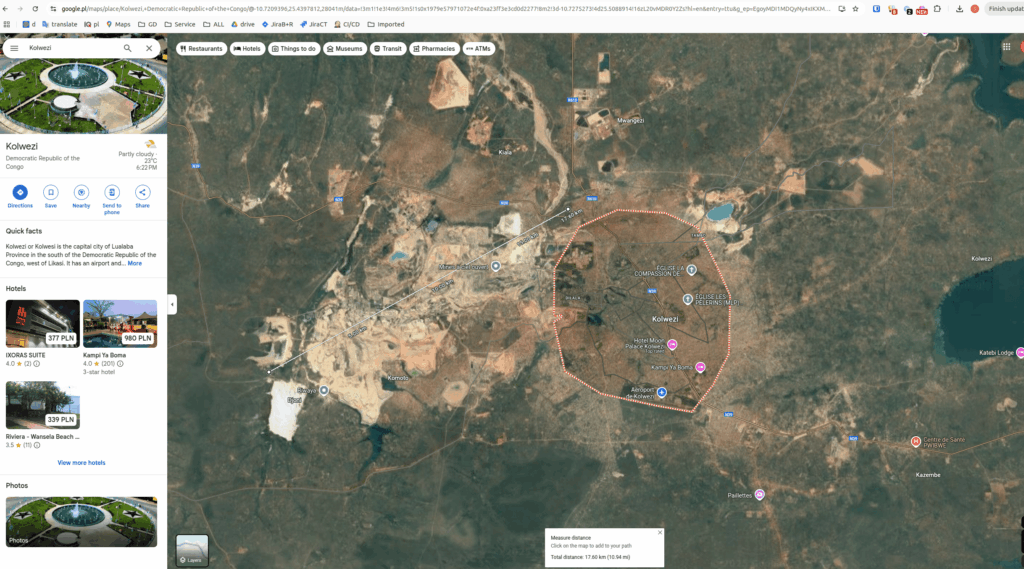PART II: The price of plunder – corruption, resistance, and what lies ahead
In the shadow of the cobalt rush, not all wounds are visible. Some are hidden in ledgers, bank wires, and shell companies. Others lie buried beneath a silent, complicit world order that continues to profit from a stolen future.
If Part I revealed the human toll of extraction, Part II exposes the architecture of betrayal—how power, greed, and geopolitics have conspired to turn one of the richest countries on earth into one of the poorest.
A Country Sold for Scraps
While miners dig for scraps of ore, deals worth billions are signed in air-conditioned boardrooms. Under the surface of every cobalt mine lies a labyrinth of corruption: silent handshakes, rigged contracts, and foreign firms walking away with the future of a nation.
Mining rights are auctioned off like junk at a yard sale—sold for a fraction of their value to companies hiding behind offshore facades. Concessions worth billions are handed over for thousands. Payments are made in cash, off the books, under the table.
No one is held accountable. No one is punished. This is not a flaw in the system—it is the system.
The official budget shows only a trickle of mining revenues. But records from multinational companies show payouts in the hundreds of millions. The gap between what is earned and what is reported is not just an accounting error. It’s a black hole into which Congo’s wealth disappears.
A single mining company once paid over 18% of the country’s budget in taxes. That contribution vanished into paperwork. On record, it amounted to just 4%. The rest? Vanished. Into suitcases, secret accounts, and the bellies of oligarchs.
Militarized Extraction and Modern-Day Servitude
The ground may be owned by the state—but it is patrolled by men with guns.
Foreign companies extract resources under the protection of elite guards, military units, private militias, and rogue police. Access is tightly controlled. Cameras are forbidden. Questions are dangerous.
Entire villages have been displaced to make room for mining projects. When the military arrives, residents have no choice: they either dig, or disappear.
Miners don’t have contracts. They don’t have rights. They work with bare hands in toxic dust and crumbling tunnels. They earn less than the cost of the devices their labor powers. When accidents happen—as they often do—there is no insurance, no burial, no name on a report. Just another unrecorded death.
This is not informal labor. It is a system of silent coercion, built on fear and enforced invisibility.
Environmental Armageddon
The landscape is being eaten alive.
Rivers run yellow. Dust hangs in the air like a permanent fog. The earth is torn open, cratered, and left to rot. Forests are erased. Villages turned to waste. Children play in sulfuric acid dust.
Satellite images tell the story best. From above, the city of Kolwezi has exploded—a brown, gouged wound spreading across the land like infection. What was once farmland is now a chemical wasteland. What was once a city is now a machine for extraction.
Here is comparison using google maps history – 2010 vs 2020

And here is at now – at 2025:

There much more similar cities.
Artificial lakes serve the mines, not the people. Water is pumped into ore crushers while human beings go thirsty. Nothing grows. Nothing heals.
This is not development. It is annihilation.
After the Cobalt Is Gone
The tragedy is not only in what is happening, but in what will happen next.
Within decades, the minerals will be gone. But the population will double. The land will be spent. The rivers poisoned. The air unbreathable. What will remain is a hollow shell—a broken country with no resources, no future, and millions of abandoned lives.
Education has been ignored. Infrastructure has collapsed. The only thing rising is the number of people struggling to survive in a land sold off piece by piece.
And when the cobalt runs out—what then?
Who will care for the children who mined the wealth of the world?
Who will clean the poisoned soil?
Who will remember the names of the ones who died underground for a battery?
The Illusion of Change
There are promises of reform. New governments talk of transparency. International coalitions issue statements. Due diligence audits appear in corporate brochures.
But on the ground, nothing changes. The people who live there never see the auditors. Never feel the reforms. Never hear back after speaking out.
The deals are still being signed. The mines are still expanding. The children are still digging.
The truth is, the global system does not want change. It wants cobalt.
A Call to the Living
This is not just a Congolese story. It is a global one.
We are all part of the chain. The phones in our pockets. The cars in our garages. The solar panels on our roofs. These things promise a better world—but they are being built on the bones of another.
We must ask ourselves: is green energy still green if it is stained with exploitation?
Is progress still progress if it depends on modern-day slavery?
If a Congolese child’s life is worth less than a rechargeable battery, then what is our civilization really worth?
The Final Reckoning
The earth in Congo has been generous. But one day, it will be empty. And the silence that follows will be deafening.
The story we write now—through action or inaction—will determine whether that silence becomes a monument to global shame or a turning point toward justice.
Because the question is no longer what the world is taking from Congo—but what will be left when it’s done.
To not miss out on fresh articles, useful tips, and exclusive materials, I suggest subscribing to our newsletter:
Thank you for your attention, Lumin Hopper
